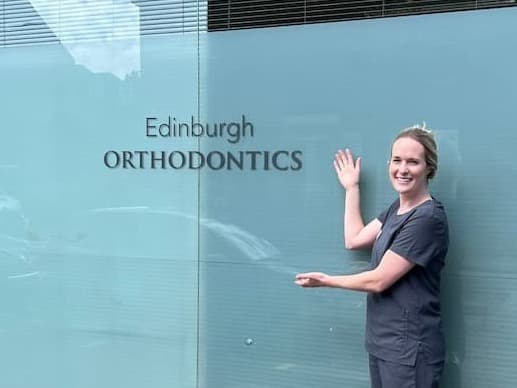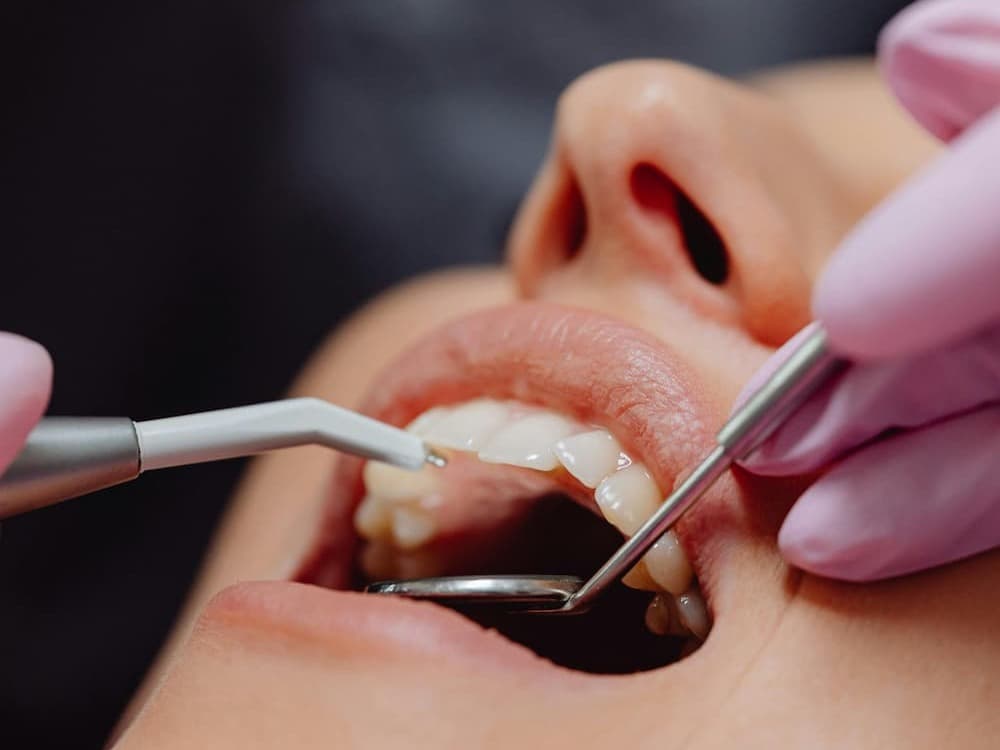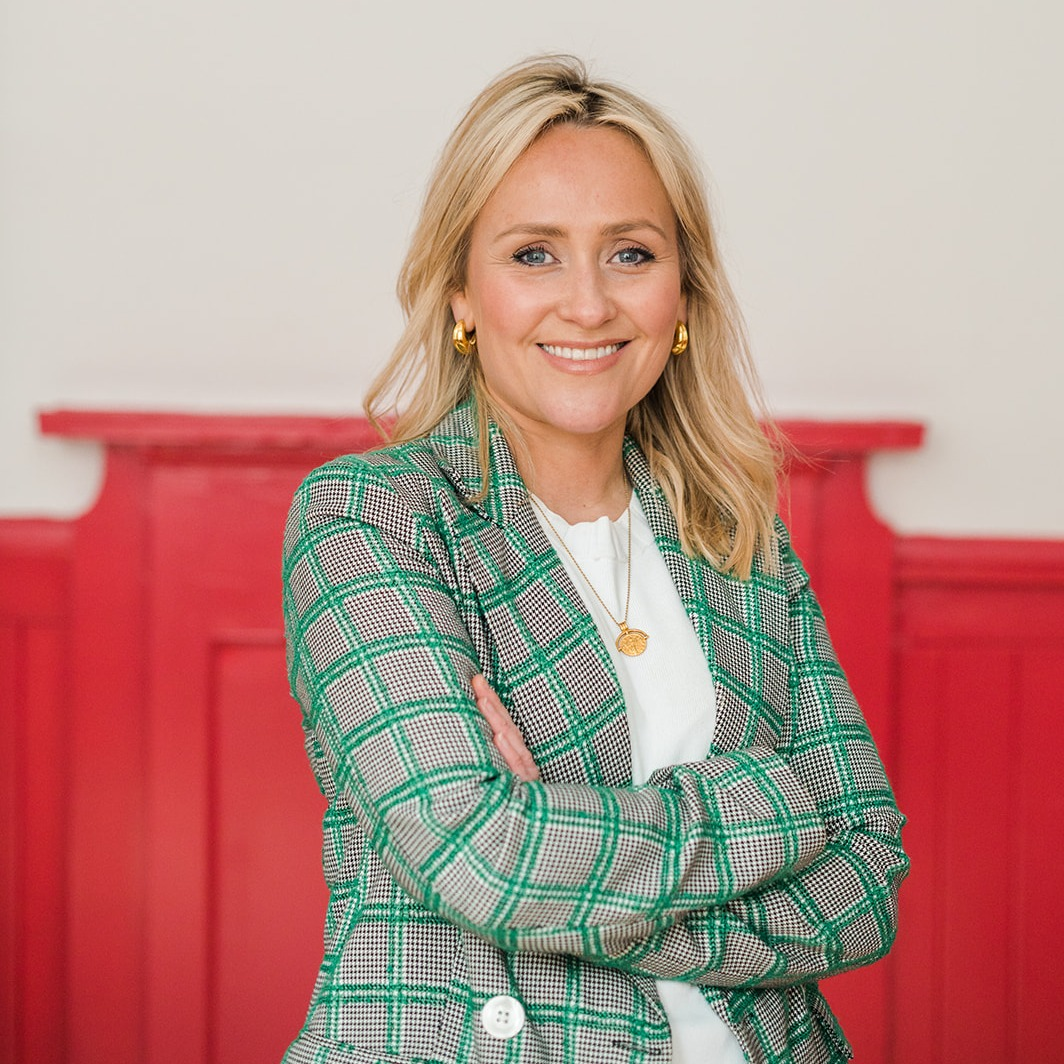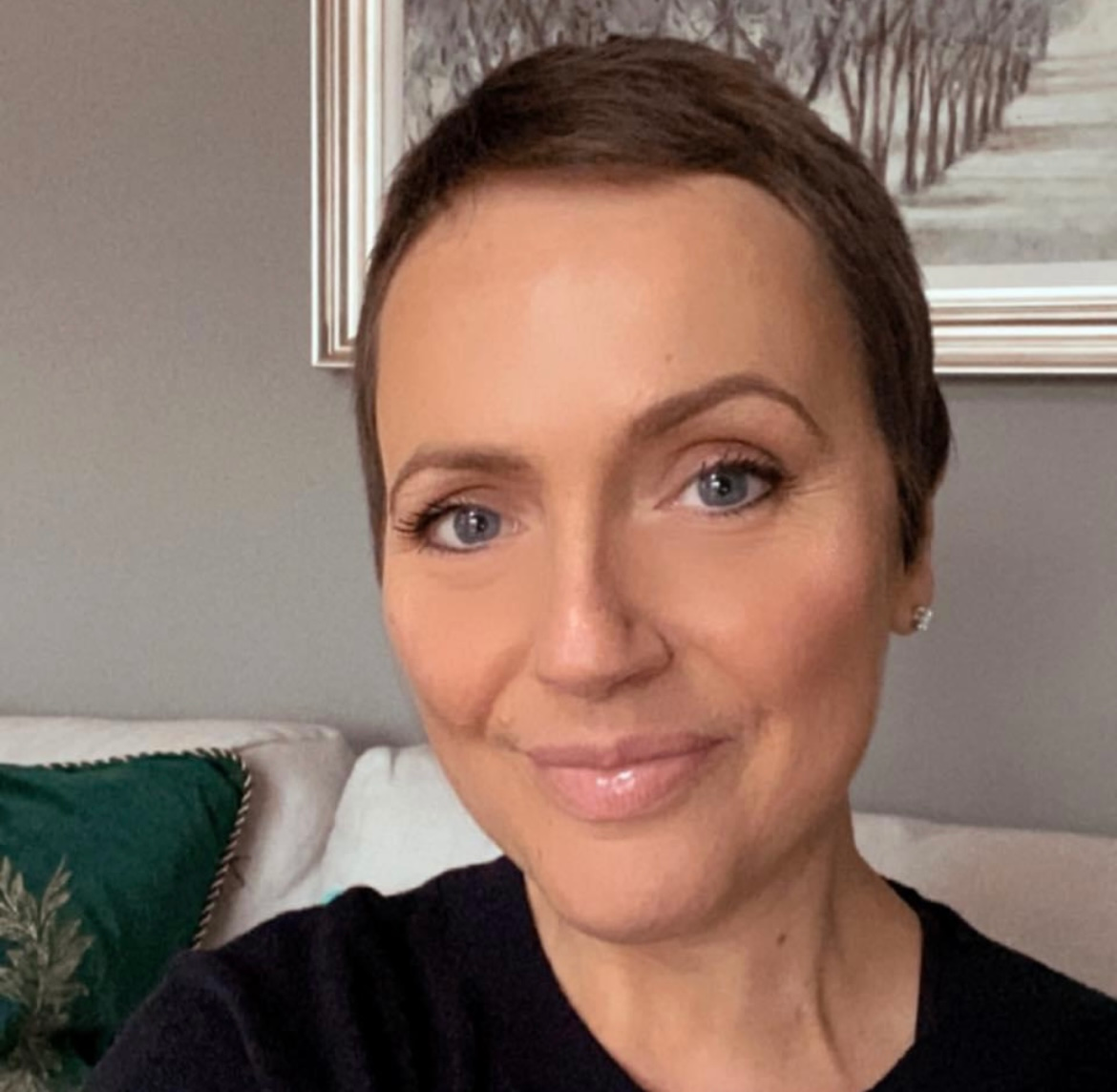Most of us have a good handle on the basics of dental care: brushing twice a day, regular check-ups and trying (with varying degrees of success) to keep sugar in check. But when it comes to things like crooked teeth, overbites, underbites or whether your child might need braces... that’s a whole different ballgame. And with around a third of children needing some form of orthodontic treatment, it’s something that should definitely be on our radar.
We caught up with Carrie Whyte, Specialist Orthodontist at Edinburgh Orthodontics, to get the lowdown. Carrie, who hails from the Highlands, studied dentistry at Dundee before completing specialist training in Glasgow, London and Edinburgh. Her passion is interceptive orthodontics. Essentially, spotting issues early to keep things simple and save kids from more complex treatment down the line.

“It’s amazing to be able to improve a child’s smile and confidence,” she says. “Often, a simple removable brace worn for just six months can make a huge difference. It’s one of the most satisfying parts of my job.”
Carrie shared her insights with egg on everything from the best age to start treatment to how long braces usually stay on...
When should a child get braces?
For comprehensive orthodontic treatment, it is best to wait until all or most of the adult teeth have erupted usually between the ages of 10-14. By this stage, the roots are fully formed, and treatment can be timed with jaw growth for the best possible result.
That said, sometimes there are circumstances when we would start treatment sooner, especially if they have a specific issue impacting their dental health, or if they're missing adult teeth (a condition called hypodontia) where keeping the baby teeth may be part of the plan. In these cases, treatment can begin earlier with a simple removable brace or other early interventions.
What signs should parents watch for?
Things like upper teeth biting inside the lower teeth (crossbites), crowding or teeth that aren’t coming through at the same time as their match on the other side can be early indicators. Teeth in the wrong position or that appear to be buried, noticeable gaps or issues with gums can also be signs. Protruding front teeth, baby teeth that stick around too long or difficulty with biting and chewing...
There are so many different reasons why your child may need orthodontic treatment. Regular dental check-ups are key - your dentist can spot these and refer you to us as specialist orthodontists for a full assessment.
What are the most common treatments?
There are a variety of treatments that children and young people will be offered to correct their bite and align their teeth. The most common types of braces are removable and fixed, with often a combination of the two to achieve the best possible result. For many of my patients, Edinburgh Orthodontics start with a functional twin block brace, invented in Scotland by William Clark. It’s used internationally as an excellent way of correcting the bite. This brace is usually worn for 6-12 months to correct the bite and then fixed metal braces are placed after this to align the teeth (with or without extractions as required) for another 6-12 months depending on the patient.

What types of braces are available?
The NHS will fund removable, functional and fixed braces for children and young people (up to the age of 26). This is an efficient, effective and safe way of moving teeth.
For those looking for something more discreet, aesthetic aligners are also an option. These are clear, comfortable, removable and increasingly popular. They don’t have the same constraints as the traditional fixed braces do in terms of foods and drinks. Aligners are available on a private basis.
How long does treatment take?
Treatment times vary greatly depending on the complexity of the bite and alignment of the teeth. Your orthodontic journey usually begins with a referral from your dentist, although more and more patients are now choosing to self-refer. From there, we carry out a full case assessment. This includes a chat about any concerns you might have, a review of your medical history, x-rays (if needed), an intraoral scan and some photographs. Once we’ve gathered all the information, we’ll talk you through our findings, make sure you are dentally fit (no active decay, gum issues or poor oral hygiene) and put together a treatment plan tailored to your needs. We’ll explain everything clearly and take your consent before moving forward.
If you're going through the NHS, your case is then reviewed by the health board. If it’s approved for funding, you’ll be able to start treatment but do keep in mind that this process can take a few months.
For most straightforward cases, treatment usually lasts between 12 and 18 months, with check-in appointments every 6 to 8 weeks for adjustments. Once the braces come off, we recommend wearing a retainer to maintain that beautiful smile. The current advice is to wear them for life.
For more complex cases that require input from other specialists, the full journey might take closer to three years, again with regular adjustment appointments every 6 to 8 weeks.
Fitting your braces tends to be the longest appointment in the process, but don’t worry, once everything’s in place, your regular adjustments are usually quite quick.
How much does it cost?
If your child qualifies for NHS treatment, it’s completely free. If not, we offer the option to have the equivalent treatment carried out but self-funded with our independent treatment option. The price of which is in the range of £2499-£2699 depending on the treatment plan. For private treatment, there are payment plans available and our in-house treatment coordinator is happy to discuss and advise patients on the process for this.
Is a brace always the answer?
Sometimes, braces alone aren’t enough to correct the problem. In certain circumstances, it may be that a patient must wait until they have stopped growing for treatment and they would require a combination of orthodontic and surgical treatment to correct their alignment and bite. It’s usually due to a difference in jawbone growth and orthodontics alone cannot correct this. This type of treatment is known as orthognathic surgery to properly align the teeth and jaw.
The one thing every parent should know.
The Success of treatment requires excellent commitment from the child. The best results come when children brush well, wear their brace as advised including any elastics or turning any screws for expanding or moving teeth. Parents play a big role in helping make this happen.
Your 3 top tips for helping kids maintain good/healthy teeth?
- Limit sugary foods and drinks to straight after meals.
- Brush with a fluoride toothpaste at least twice a day - the most important time is last thing before bedtime.
- Attend your dentist for regular check-ups to catch problems early.
Edinburgh Orthodontics is located at 38-44 Lochrin Buildings, Gilmore Place, Edinburgh, EH3 9ND. To find out more, call 0131 229 4004.
Edinburgh Orthodontics is an egg business partner offering egg members a FREE consultation. If you’d like to become an egg business member and have your business promoted to the egg community, sign up here.
#paidpartnership






